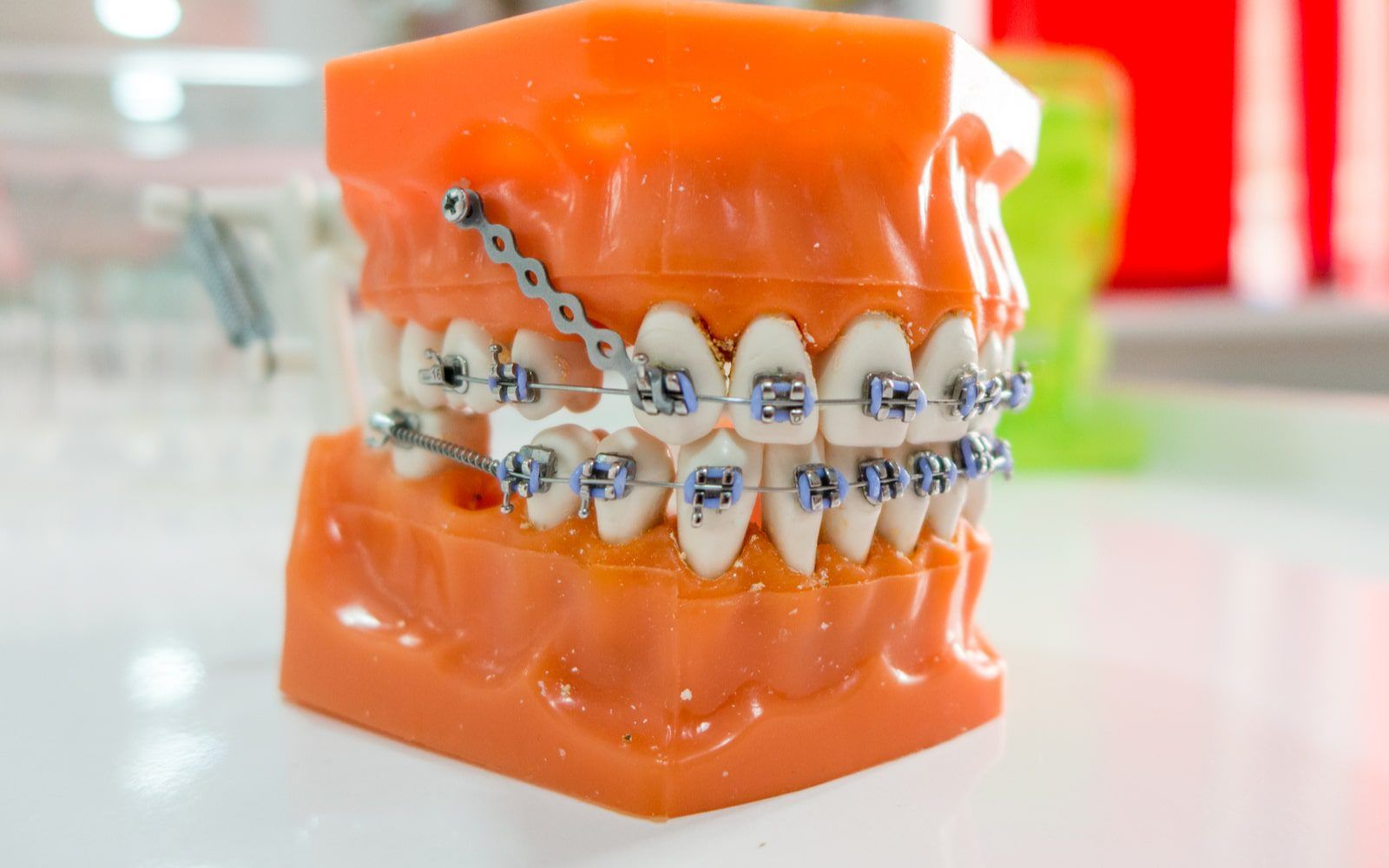What Are Temporary Anchorage Devices (TADs)?

If you’ve recently found out that your child needs orthodontic treatment, then finding out more about what their treatments entail can be a great way to learn more about how to best care for their teeth. In cases where your child needs orthodontic treatment, some orthodontists may recommend temporary anchorage devices alongside their braces to help assist tooth movement. The key to understanding these neat little tools is to understand how the concept of anchorage affects tooth movement. In today’s article, we’ll be discussing what TADs are, how they work, why your child may need them, and what you can do to help maintain their smile.
Temporary Anchorage Devices: A Neat Tool For Straightening Teeth
Temporary anchorage devices, also called TADs, act as an assistant to braces and are screw-like mini implants that are often placed along the upper or lower jawline to provide additional resistance for the teeth. When it comes to tooth movement, the anchorage is key. Anchorage refers to the pin-point used to gradually maintain the pressure needed to move the teeth into position. In normal cases, braces can typically provide the necessary anchorage for healthy tooth movement. But in rarer cases, additional anchorage points would be needed to create stronger resistance areas and stabilize the tooth’s movement into the proper position.
So, why use TADs at all? TADs are especially useful for patients who have excessively misaligned teeth caused by jaw deformities, traumatic accidents, and other conditions. In circumstances where TADs didn’t exist, headgear would normally be used but often present many problems for children due to their outdated and uncomfortable design. TADs help avoids this problem by providing an alternative solution for children with severe cases of malocclusion. It can help easily correct alignment issues without needing surgery, headgear, or unnecessary elastic bands.
The Benefits of TADs for Your Child’s Teeth
Temporary anchorage devices tend to act similarly to dental implants but have different benefits. For children, needing a temporary anchorage device means that conditions such as severe overbites, underbites, and other forms of malocclusion can be treated more effectively than with braces alone. Patients who have TADs alongside their braces often experience high amounts of success with their treatment due to the various benefits it provides, including:
- It’s Absolutely Temporary: Temporary anchorage devices don’t blend into the jawbone (referred to as osseointegration), so they are completely temporary and can be removed at any time.
- Easily Removable and Painless: Your dentist can easily install and remove them whenever needed. Your child will always have the right amount of tooth movement needed for a healthy smile. They are also pain-free, minimally invasive, and considerably great on costs.
- Provides Less Maintenance For Parents: Parents working to help maintain their children’s teeth can easily clean them just like braces, using brushes, toothpaste, and orthodontic floss twice to three times a day. Antimicrobial mouthwashes may also be recommended to keep your child’s teeth clean during their treatment.
Contact your local pediatric practice for more information if you have any further questions about TADs and your child’s oral health.

